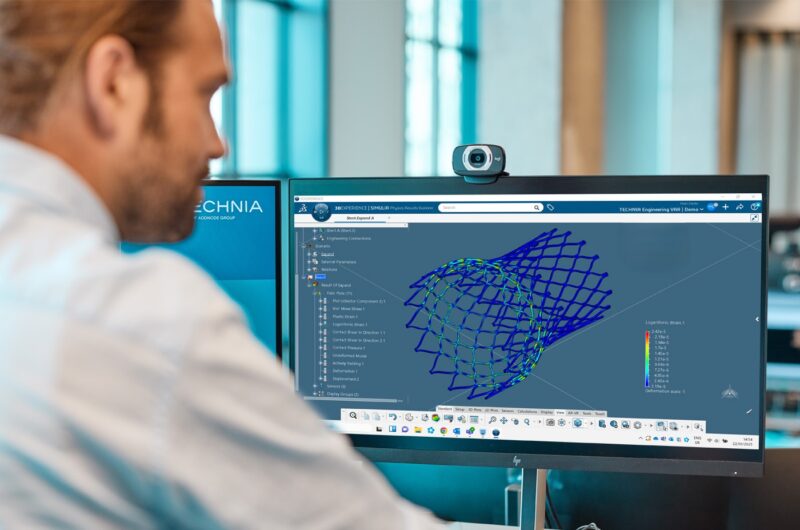Power system modeling and simulation services help utilities, developers, and industrial owners understand how electrical networks behave before changes are built. By creating a digital twin of the grid or facility, engineers can test scenarios, predict risks, and optimize performance with far less cost than trial and error in the field.
These studies are used for everything from integrating renewables to verifying protection settings and planning expansions. The value is simple: better decisions, fewer outages, and safer, more efficient systems.
What power system modeling includes and why it is needed

Modeling begins by representing real components in software. This includes generators, transformers, cables, overhead lines, switchgear, protection devices, and loads, plus their control logic and operating limits.
Engineers then validate the model using measured data so it reflects actual behavior under normal and stressed conditions. When done well, the model becomes a reliable tool for planning and troubleshooting.
Organizations use these services because power systems are becoming more complex. Distributed generation, battery storage, electric vehicles, and advanced industrial drives introduce dynamic interactions that are hard to judge without simulation.
If you are building or upgrading a network, learn more about power systems analysis to see how studies translate into practical design rules and operational improvements. It is especially useful when decisions affect safety margins, compliance, or long term capital spend.
Another key driver is risk control. Modeling lets teams identify weak points before they cause real failures, such as voltage instability, thermal overload, or unintended protection trips.
Common simulation studies and what they deliver

Load flow and voltage studies are the foundation. They show how power moves through the network, whether voltages stay within limits, and where losses occur under different demand patterns.
Short circuit analysis estimates fault currents at each bus. This ensures breakers and protective devices are rated correctly and that equipment can survive worst case faults.
Protection coordination studies check that relays and breakers operate in the right order and time. This prevents a small fault from cascading into a wide outage and improves fault clearing speed.
Transient and stability simulations examine fast events like generator trips, line switching, and large motor starts. These studies help confirm that frequency and voltage recover safely after disturbances.
Harmonic and power quality analysis evaluates distortion caused by non linear loads and inverters. It ensures compliance with standards and avoids overheating, misoperation, and extra losses.
For renewable and storage integration, dynamic models test how inverters respond during faults and voltage dips. This is critical for grid codes and for maintaining stable operation at high renewable penetration.
How services are executed and how to choose a provider

A typical project starts with data collection. The provider gathers single line diagrams, equipment ratings, protection settings, historical measurements, and operating assumptions.
The next step is building the model in specialist software. Engineers run baseline cases, then simulate planned changes such as new feeders, larger transformers, or new generation sources.
Results are interpreted into clear recommendations. Good reports do not just show charts, they explain what risks exist, how severe they are, and which actions fix them at lowest total cost.
When selecting a provider, focus on three qualities. First, strong experience with networks similar to yours, such as transmission, distribution, or industrial microgrids.
Second, transparent modeling assumptions and validation methods. You should be able to see why a result is trusted and what uncertainty remains.
Third, practical engineering judgment. The best teams connect simulations to buildable solutions, not abstract theory.
Conclusion
Power system modeling and simulation services turn complex electrical networks into understandable, testable systems. By combining accurate digital models with targeted studies, they help owners integrate new assets safely, reduce risk, and plan upgrades with confidence.


